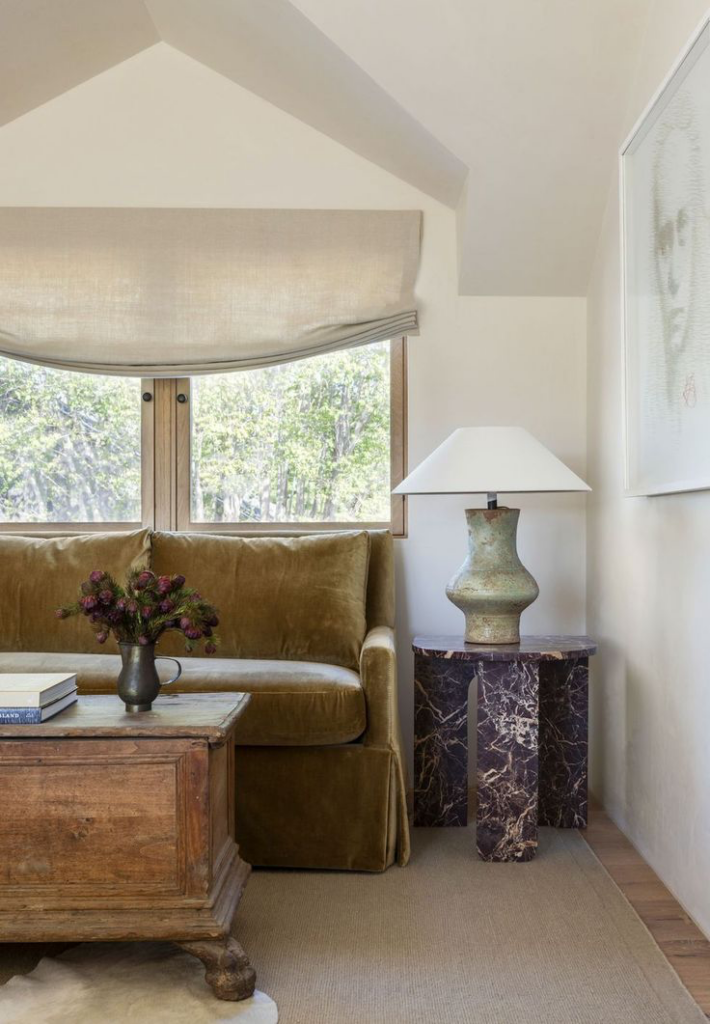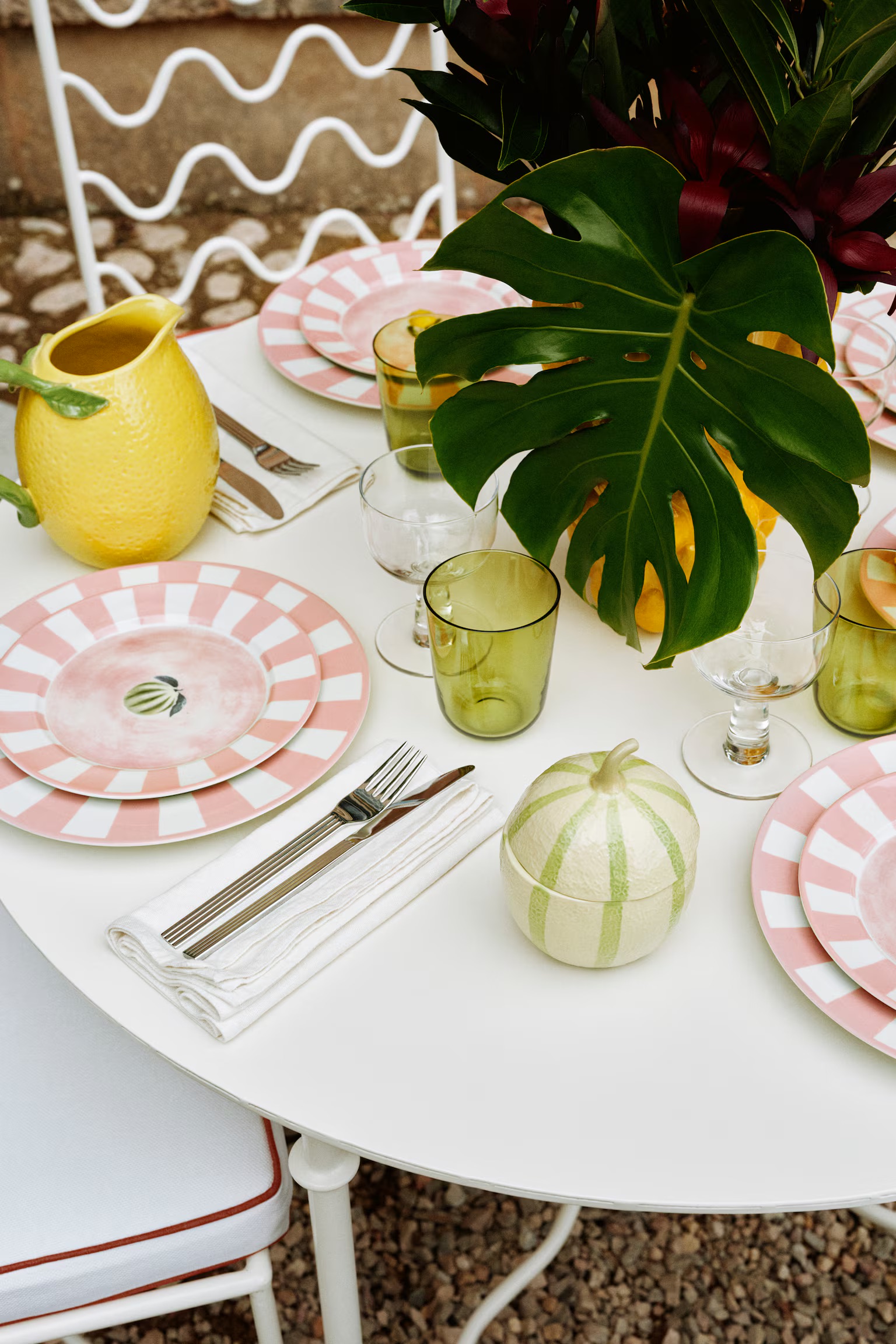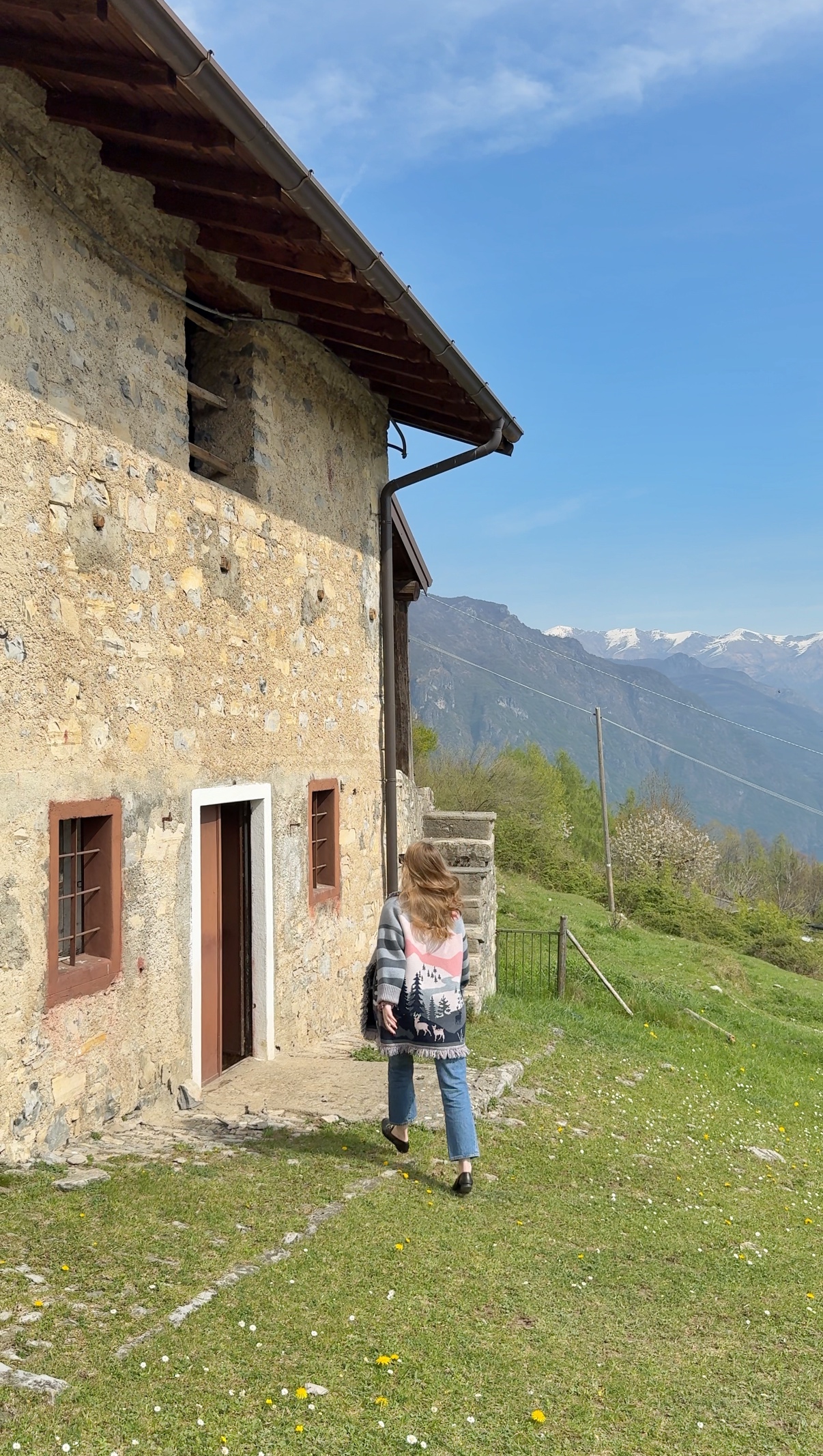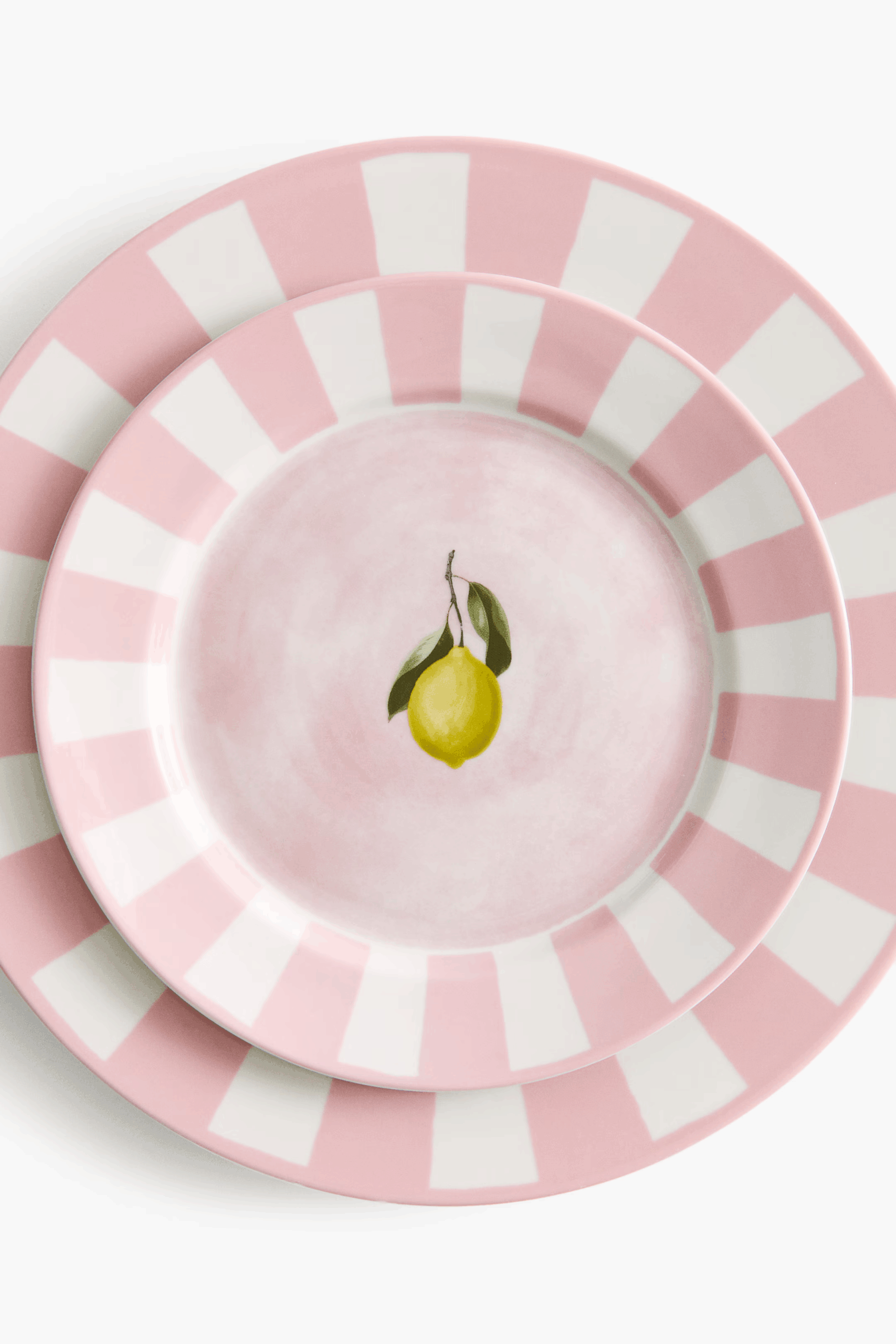Tips for Achieving a Balanced and Eclectic Look
Interior design is an ever-evolving art form, and one of the most captivating styles today is the combination of vintage and modern elements. This blend of old and new creates a dynamic and layered aesthetic, bringing together the charm of the past with the sleekness of contemporary design. However, achieving a harmonious balance between these two styles requires careful consideration to ensure that the space looks curated rather than chaotic. In this blog post, we will explore the history of both vintage and modern design, discuss their key characteristics, highlight the benefits of combining them, and provide practical tips for creating a cohesive look that feels natural and inviting.
A Brief History of Vintage and Modern Design
Vintage Design
Vintage design is inspired by past decades, typically spanning from the early 1900s to the mid-century modern era (1950s-1970s). It embraces classic craftsmanship, ornate details, and warm, nostalgic elements that evoke a sense of history and character. Vintage interiors often feature antique or repurposed furniture, intricate patterns, and rich textures, creating an inviting and personal atmosphere.
Modern Design
Modern design, which emerged in the early 20th century, is rooted in the principles of minimalism, functionality, and simplicity. It often features clean lines, neutral color palettes, and sleek materials such as glass, metal, and polished wood. Inspired by movements like Bauhaus and Scandinavian design, modern interiors prioritize open spaces, uncluttered layouts, and a “less is more” philosophy.
Why Combine Vintage and Modern Elements?
Blending vintage and modern styles allows homeowners to create a space that is both timeless and contemporary. Here are a few reasons why this fusion works so well:
- Personalized Aesthetic: Combining elements from different eras adds depth and uniqueness to a space, making it feel curated rather than generic.
- Warmth and Character: Vintage pieces add warmth and nostalgia, counterbalancing the sometimes stark and cold nature of modern interiors.
- Sustainability: Incorporating vintage furniture and decor is an eco-friendly choice, as it promotes upcycling and reduces waste.
- Balanced Visual Interest: The mix of old and new keeps the space visually engaging, avoiding monotony and making each piece stand out.
How to Blend Vintage and Modern Décor Seamlessly
Achieving a well-balanced blend of vintage and modern design requires a thoughtful approach. Below are key strategies to ensure a seamless and stylish integration.
1. Start with a Neutral Base
A neutral color palette creates a clean canvas that allows both vintage and modern elements to stand out without competing. Soft whites, beiges, grays, and muted tones work well in achieving a balanced look. You can then introduce bolder colors through accessories, textiles, and statement furniture pieces.

The neutral color palette chosen in Project Greenwood was perfect to combine new, modern elements such as the painting and textiles with vintage elements such as the barn doors, bowl, and antique shower. It is very easy to incorporate such things when working with neutrals as a base, as many vintage items have natural colors and materials anyways.
2. Choose a Dominant Style
While mixing styles is the goal, one should take precedence to maintain cohesion. Decide whether you want a predominantly modern space with vintage accents or a vintage space with modern updates. This decision will help guide furniture choices, color schemes, and decorative elements.

I have to take Project Greenwood as another example again! The dominant style we chose for this project was rustic, farmhouse (with modern elements). By sticking to the dominant design style, we could incorporate multiple different products and styles, making the space feel put together and well designed.
3. Find Common Elements
For a harmonious blend, look for elements that connect both styles. These can include:
- Material Consistency: Using similar materials like wood, metal, or fabric across vintage and modern pieces creates unity.
- Color Harmony: Picking complementary colors ensures that different pieces work together aesthetically.
- Repetition of Shapes: If your modern pieces have clean, geometric lines, incorporate vintage furniture with similar silhouettes to maintain balance.

As you can see above, the materials and colors used at Project Greenwood in more detail are all very similar. Same goes for the texture! Only natural materials were used here, with the vintage cone from Africa combined with a modern, newly made vase by PaperVivantArt. The walls are made with mineral plaster and the painting is from Kader Boly. I adore this setting, as we are not changing the look too much and are not creating too many contrasts that feel staged. Instead, the full space came together really nicely, making it feel effortless.
4. Mix Old and New Furniture Thoughtfully
Instead of randomly placing old and new items together, distribute them evenly throughout the space. A sleek modern sofa can be paired with a vintage coffee table, or a contemporary dining table can be surrounded by vintage-inspired chairs.


5. Use Statement Pieces
A striking vintage or modern statement piece can serve as the focal point of a room. This could be an antique armoire in a modern bedroom, a mid-century modern lounge chair in a minimalist setting, or a bold contemporary artwork above a vintage console table.

6. Layer Textures and Patterns
Mixing textures and patterns is key to making a space feel rich and inviting. Pair modern materials like glass, metal, and polished wood with vintage textures like distressed leather, woven fabrics, and aged brass. Layering rugs, throw pillows, and curtains can also create a cozy and eclectic atmosphere.
7. Incorporate Vintage and Modern Lighting
Lighting is a powerful tool in blending styles. A modern room can be softened with a vintage chandelier or an antique brass lamp. Conversely, a vintage-inspired room can benefit from sleek, contemporary lighting fixtures to keep it from feeling overly dated.

8. Display a Mix of Art and Accessories
Mixing different art styles can tie the room together. Modern abstract paintings can be complemented by vintage frames, or antique oil paintings can be hung in a sleek gallery-style arrangement. Accessories such as vases, books, and decorative objects should also reflect a blend of both styles.

9. Embrace Eclecticism, But Avoid Clutter
While eclectic design celebrates variety, too many competing elements can make a space feel chaotic. Be selective with your vintage and modern pieces, ensuring each item has a purpose and enhances the overall aesthetic rather than overwhelming it.
10. Use Transitional Furniture and Decor
Transitional furniture—pieces that bridge classic and contemporary styles—can help in creating a seamless blend. For example, a mid-century modern chair works well in both vintage and contemporary spaces, serving as a great linking element.
Which Elements Work Best for a Vintage-Modern Blend?
To create a cohesive and visually appealing interior, consider the following elements:
- Furniture: Pair modern, streamlined furniture with vintage statement pieces like a classic wooden dresser or an antique armchair.
- Lighting: Use a mix of vintage-inspired pendant lights and contemporary LED fixtures.
- Textiles: Combine velvet, linen, and woven materials to soften the contrast between old and new.
- Decorative Objects: Mix sculptural modern decor with ornate vintage pieces like antique mirrors or ceramic vases.
- Wall Treatments: Try combining exposed brick or wood paneling with sleek, painted walls for a visually interesting contrast.
- Flooring: Classic hardwood floors can complement both modern and vintage furnishings, especially when layered with patterned rugs.
Conclusion
Blending vintage and modern décor is an art that requires a thoughtful balance of contrast and cohesion. By selecting a dominant style, maintaining a consistent color palette, and mixing textures and materials strategically, you can create a space that is both timeless and contemporary. Whether you’re drawn to the nostalgia of vintage charm or the sleekness of modern design, this fusion allows you to enjoy the best of both worlds, resulting in a home that is rich in character and uniquely yours.
Are you ready to try blending vintage and modern décor in your space? Let us know in the comments how you plan to mix and match your favorite design elements!
Wanna read more? Make sure to also check out:
13 Things On My Interior Wishlist – read here
10 Beautiful Tableware Collections For Easter (And Beyond) – read here
Advertisement, unpaid



